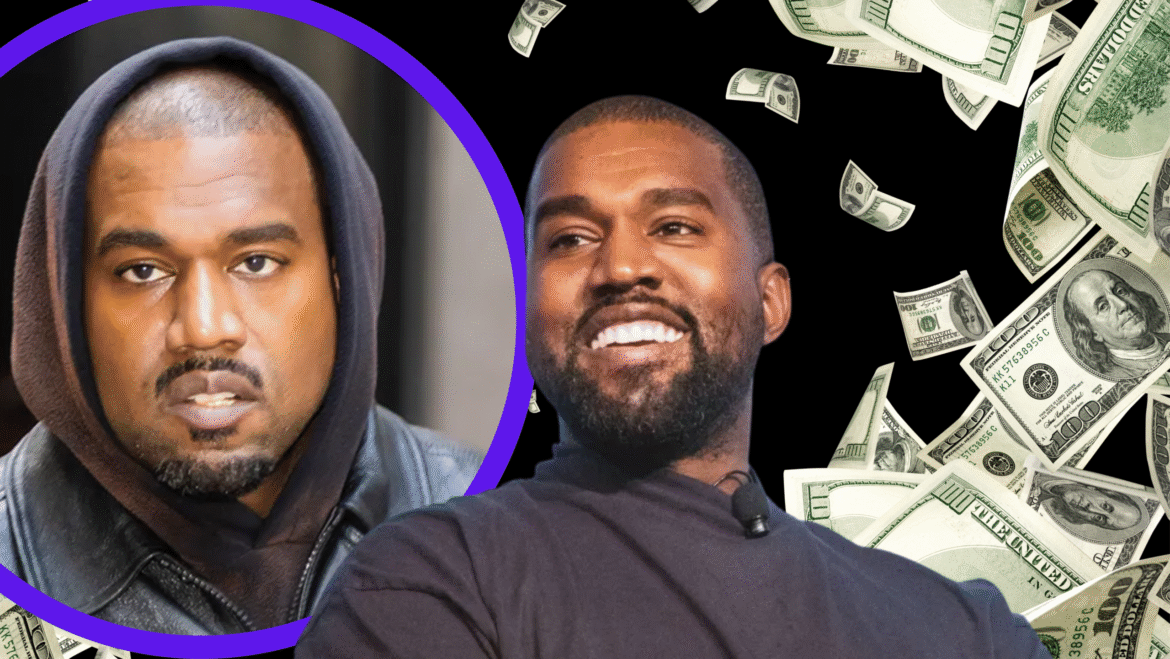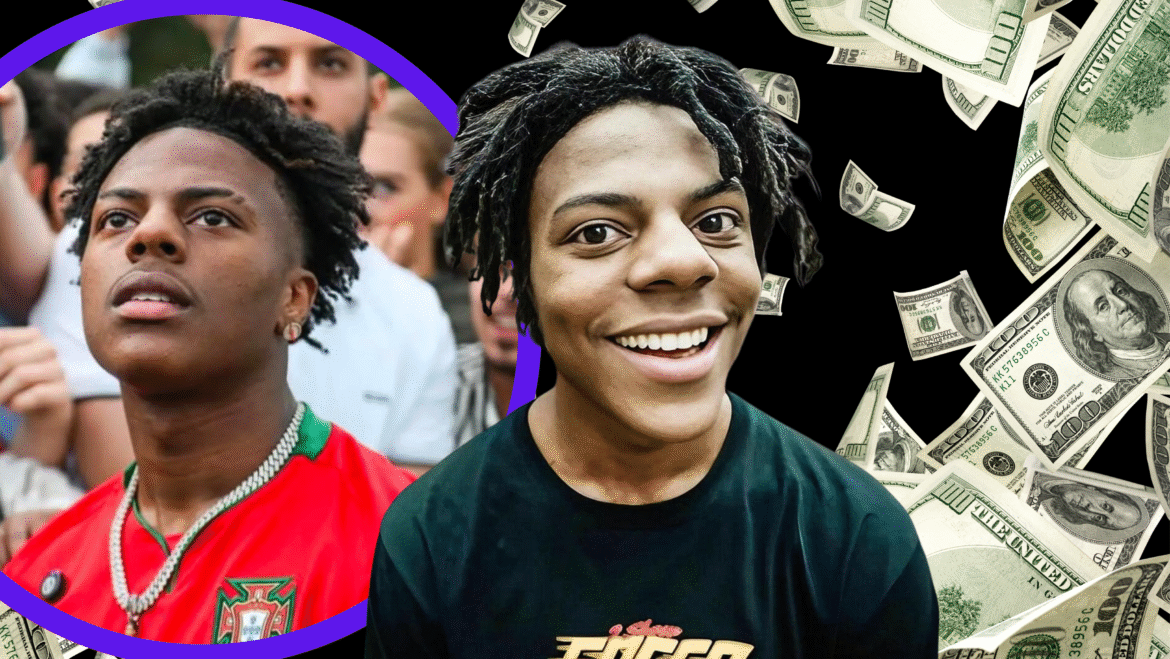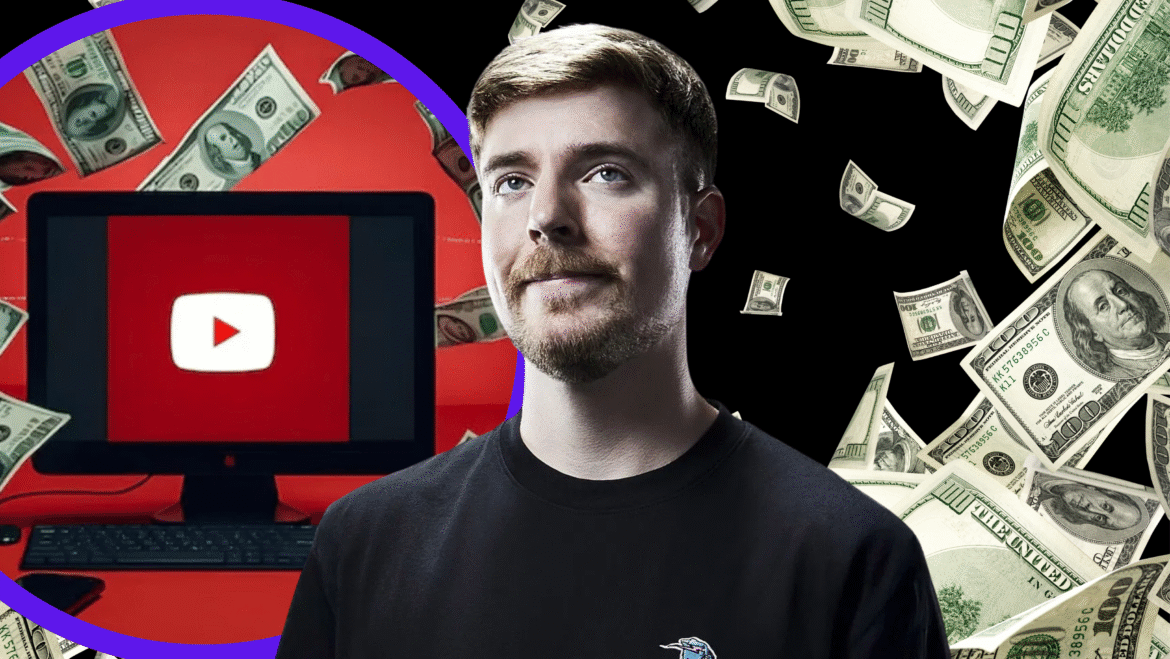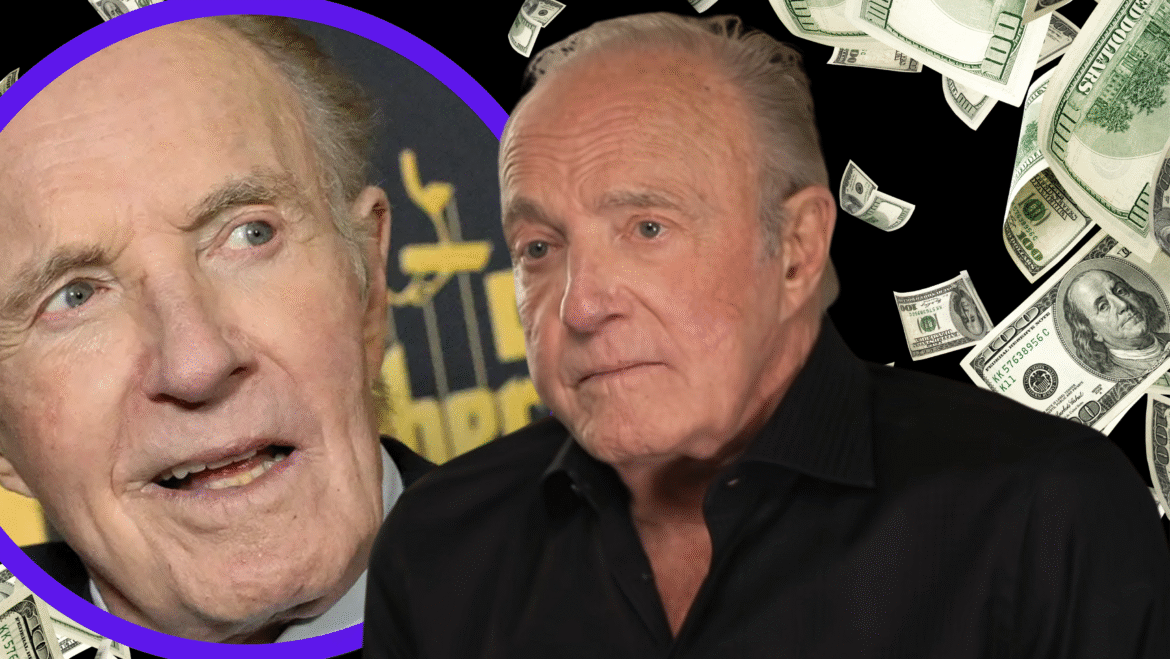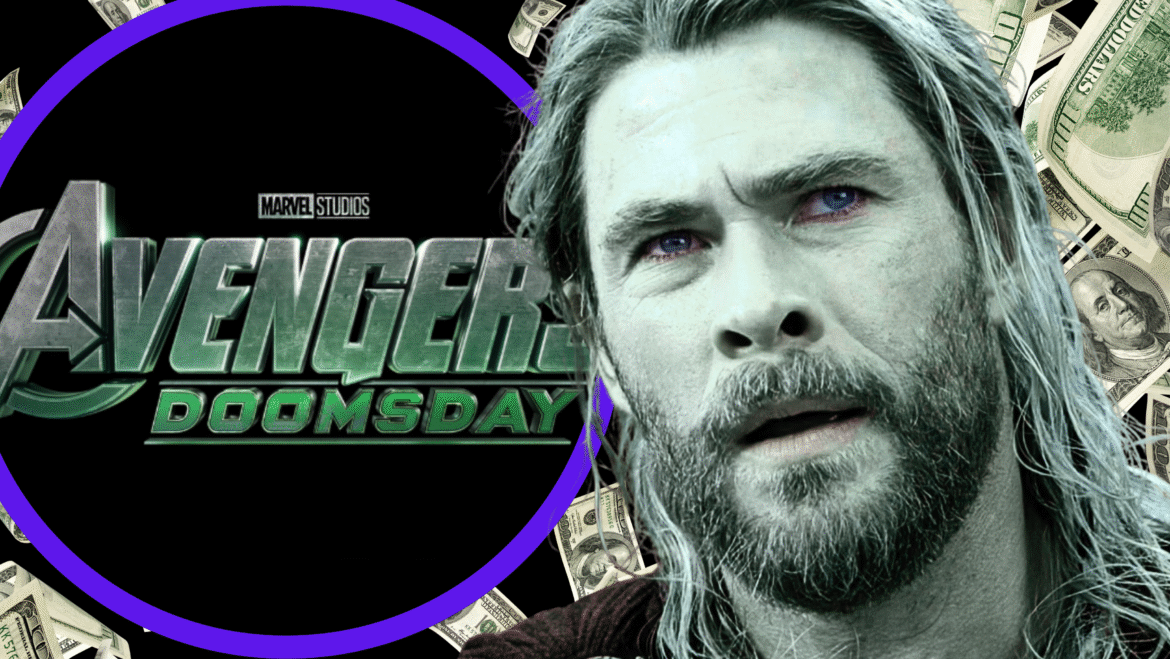The Meteoric Rise of a Boxing Prodigy
Mike Tyson’s rise in the boxing world was nothing short of meteoric. Born in Brooklyn, New York, in 1966, Tyson quickly became one of the most feared and admired boxers in history. Known for his ferocious fighting style and unmatched power, he became the youngest heavyweight champion in boxing history at the age of 20 in 1986. By the time he was in his early twenties, Tyson had already amassed a fortune, with some reports estimating his net worth peaked at around $300 million. His dominance in the ring attracted lucrative pay-per-view deals, endorsements, and contracts that most athletes could only dream of.
But Tyson’s rapid financial rise was paralleled by excessive spending and personal struggles. His lavish lifestyle included mansions, jewelry, exotic animals—including pet tigers—and a retinue of hangers-on. He spent money at a dizzying pace. While his raw athleticism earned him glory, his lack of financial discipline set the stage for a dramatic downfall.
The Fall: Legal Woes, Lavish Spending, and Bankruptcy
The late ’90s and early 2000s were a dark period for Tyson financially and personally. His controversial behavior outside the ring, legal battles, and poor investment decisions drained his wealth. Tyson famously filed for bankruptcy in 2003, revealing he was $23 million in debt. Despite having earned over $400 million during his career, mismanagement and extravagance left him nearly penniless.
He owed money to the IRS, ex-wives, lawyers, and numerous creditors. He sold off many of his assets, including homes and cars, in an attempt to pay off debts. At one point, Tyson was forced to fight just to survive financially, with much of his purse going directly to creditors. The bankruptcy not only signaled the end of Tyson’s financial empire but cast a long shadow over his legacy. It was a cautionary tale—how even the richest athletes can fall prey to poor planning and unchecked spending.
The Road to Redemption: Healing, Humility, and Hustle
Post-bankruptcy, Tyson took steps to rebuild both his life and financial standing. He sought therapy, publicly acknowledged his past mistakes, and embraced a quieter lifestyle. He also found new ways to generate income, showing a remarkable ability to pivot his image and monetize his brand. Tyson’s autobiography, Undisputed Truth, and the subsequent Broadway show directed by Spike Lee offered insight into his troubled yet fascinating life, drawing public sympathy and renewed interest in the former champ.
This new, more introspective Mike Tyson connected with fans on a different level. He wasn’t just a sports icon anymore—he was a man who had been through the worst and was climbing back up. His honesty and vulnerability played a significant role in reshaping his public image, which became a valuable asset in his financial comeback.
Tyson 2.0: A Cannabis Mogul’s Empire
One of the smartest moves Tyson made was entering the legal cannabis industry. In 2016, he launched Tyson Holistic Holdings, which later evolved into the widely successful Tyson 2.0 brand. The business focuses on premium cannabis products, including edibles, pre-rolls, and CBD-based therapeutic products. Tyson 2.0 became a huge hit, largely due to the brand’s alignment with Tyson’s reformed public image—zen, spiritual, and health-focused.
By 2023, Tyson 2.0 had expanded into 16 countries and was generating more than $160 million in revenue. Tyson’s role as the face of the brand made it a household name in cannabis culture. His authenticity, combined with aggressive marketing and savvy business partnerships, turned Tyson 2.0 into a financial juggernaut. It also reintroduced Tyson to a younger, more health-conscious demographic. In interviews, Tyson has credited cannabis with helping him manage his mental health and maintain sobriety, making his involvement in the industry both personal and profitable.

Back in the Ring: The Jake Paul Exhibition and Modern Paydays
In late 2024, Tyson shocked fans when he announced an exhibition fight with YouTuber-turned-boxer Jake Paul. The bout, held in Las Vegas and streamed on Netflix, was a massive commercial success. While many questioned whether a 58-year-old Tyson should be fighting, the buzz surrounding the event was undeniable. The fight drew millions of views and brought Tyson an estimated $20 million payday, reinvigorating his brand yet again.
This wasn’t just about money—it was about relevance. The fight positioned Tyson within a new genre of celebrity boxing and pop-culture-driven sports entertainment. It reminded fans and critics alike that Mike Tyson still has a commanding presence in the world of sports and media. While the bout was more spectacle than sport, it solidified Tyson’s place as a cross-generational icon who continues to evolve with the times.
Diversifying Through Media and Endorsements
Mike Tyson’s modern wealth isn’t built on boxing alone. He has branched out into podcasting with “Hotboxin’ with Mike Tyson,” a surprisingly successful show where Tyson interviews celebrities, athletes, and thought leaders. The podcast has become a major source of income through sponsorships and advertising.
In addition, Tyson has made cameo appearances in film and TV—most memorably in The Hangover trilogy—and lent his voice to animated projects. His larger-than-life personality makes him a natural for entertainment. He has also landed endorsement deals with companies like Smart Cups and Manscaped, extending his brand into new territories. These ventures help diversify his income and prove that Tyson is no longer financially reliant on just one industry.
What Is Mike Tyson’s Net Worth in 2025?
As of 2025, Mike Tyson’s net worth is estimated to be around $30 million. While that figure is a far cry from his former $300 million empire, it’s a remarkable recovery given where he stood just two decades ago. The majority of this wealth comes from his cannabis company, podcast, media appearances, and occasional fights or exhibition matches.
Tyson’s story isn’t just about making money—it’s about resilience, reinvention, and learning from failure. His ability to turn adversity into opportunity inspires not just athletes but anyone looking to rebuild after a fall.
Final Thoughts: The Evolution of a Heavyweight Icon
Mike Tyson’s financial journey mirrors his evolution—from the wild, untouchable force of the 1980s to a humbled, business-savvy entrepreneur in the 2020s. His comeback isn’t merely a return to wealth but a full-circle transformation that embodies growth, accountability, and grit.
Tyson has shown that it’s possible to hit rock bottom and rise again—not just by making smarter business decisions but by embracing authenticity and staying open to reinvention. As he continues to explore new ventures and engage with audiences across generations, Tyson’s financial future looks more secure than ever.
Mike Tyson’s net worth may no longer be nine figures, but his influence, legacy, and capacity to reinvent himself make him richer than ever in ways that truly matter.
Also, Read The Following: Simone Biles’ Net Worth.


